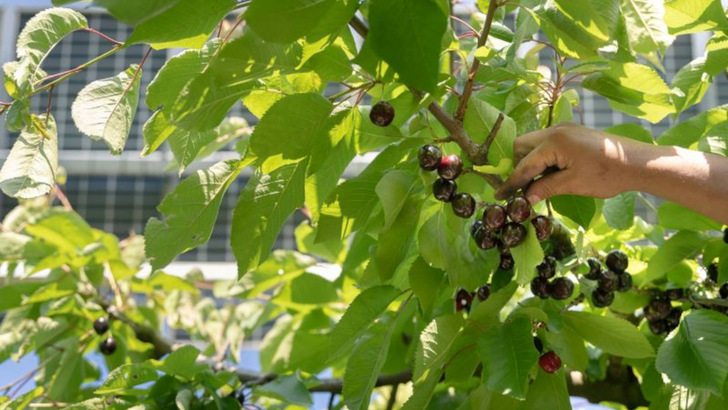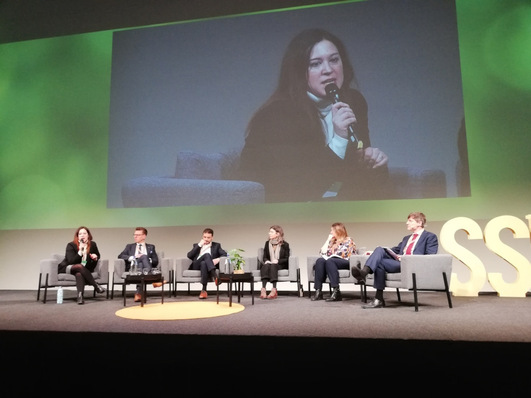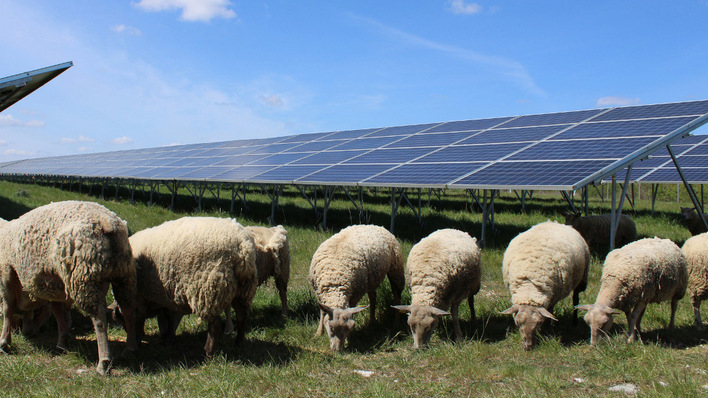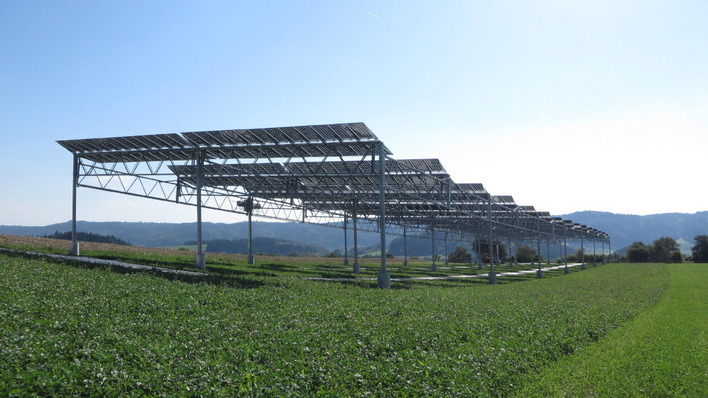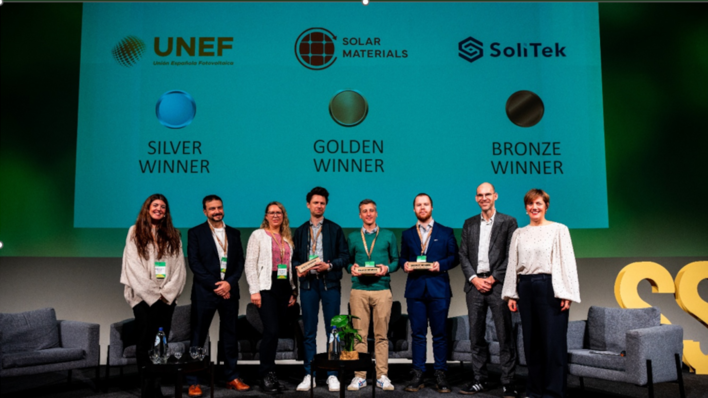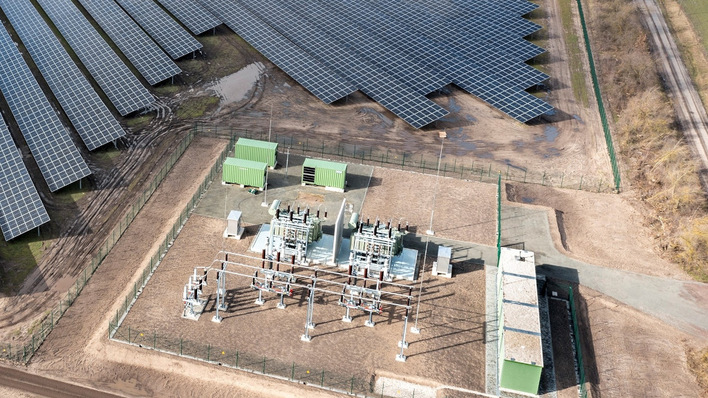The EU Commission is preparing new guidelines for the dual use of agricultural land, according to Lina Dubina, policy advisor for sustainability at SolarPower Europe (SPE). Speaking at this year’s Agrivoltaics World Conference in Freiburg, Dubina pointed to the proposals SPE has put forward to support agri-PV development.
Maintaining agricultural support
First and foremost, farmers investing in agri-PV need assurance that they will retain access to support under the EU’s Common Agricultural Policy (CAP). “We see in many states, this is a huge issue for the farmers who engaged in agriculture solar projects. They do not get the access or eligibility for these gap payments,” says Lina Dubina.
Recognising agri-PV as sustainable land use
SPE also recommends that EU member states develop dedicated eco-schemes for agri-PV under the framework of the Common Agricultural Policy (CAP). Farmers should receive additional support for participating in such schemes. Until now, eco-schemes have focused on biodiversity, crop diversity and reducing the use of chemical and synthetic pesticides. Including agri-PV would extend support to farmers who make dual use of their land.
Cutting emissions in agriculture
Agri-PV systems should also be recognised as a way to reduce greenhouse gas emissions in agriculture. “This is not just about nature restoration, but also about integration into carbon farming schemes,” says Lina Dubina. Several pieces of European legislation aim to restore degraded ecosystems while also supporting entry into the carbon farming market.
Harvesting the full potential of agri-PV
Carbon farming involves storing the carbon captured by plants in the soil, for example by leaving unused plant material on the field. “We think out of solar could be one of the solutions for farmers to be able to participate as part of these schemes,” says Lina Dubina. After all, solar power helps avoid CO₂ emissions across the energy system, and its combination with agriculture could be recognised as a form of carbon farming.
Mitigating risks for farmers
SPE also proposes that the European Central Bank help mitigate the risks farmers face when investing in agri-PV. This would make it easier for them to access financing and, crucially, lower the cost of capital.
Explore agri-PV in our new dual harvest special
Just 1% of farmland sufficient
Such measures could help agri-PV markets thrive – and the urgency is clear. “Europe actually has set out certain solar PV targets, an objective of breaching 720 gigawatt that needs to be deployed by 2030. That translated in average of installing 70 gigawatt per year, starting from 2025 until 2030,” says Lina Dubina, referring to an EU Commission-commissioned study on the technical potential of agrivoltaics.
According to the study, using just one percent of Europe’s agricultural land could yield 944 gigawatts of agri-PV capacity. “This is much more than the EU is targeting,” emphasises Dubina. The report also shows that, when combined with agriculture, even more than one terawatt of solar could be installed.
Agrisolar: New digital map presents European projects
The SPE expert highlights the multiple benefits of dual land use beyond improved land efficiency, but also increased profitability for agriculture. It can also help protect crops and livestock from the effects of climate change.
In the nick of time
Lina Dubina stresses that time is of the essence. The EU Commission recently adopted a guideline on the development of renewable energy, which includes agrivoltaics. It has also announced a forthcoming study on innovative forms of photovoltaics, in which agri-PV is expected to play a major role.
New digital platform and guide on agri-PV launched
It also incorporates outcomes from a mid-April 2025 event in the European Parliament organised by SPE. This event drew on a handbook published by the European Solar Energy Association, developed in collaboration with stakeholders from the agricultural sector.
Cooperating with farmers
In addition to Copa Cogeca, Europe’s two major farming organisations, the project also involved the European Landowners Organisation (ELO) and Farm Europe. “The main objective of this project was to engage and strengthen our cooperation with the leading European farming associations,” says Dubina, referring to the published handbook. “We want to provide a guidance to farmers so they can see what different configurations can apply to their specific agricultural production or agricultural activities. However, we have also looked at different business models for agri-PV and different ownership structures in order to take the socio-economic side into account.”
EU Farming Strategy emphasises the role of solar
The European Parliament’s Agriculture Committee has also announced a report on the future Common Agricultural Policy (CAP) beyond 2027. The draft is currently under negotiation, with adoption scheduled for September 2025. (su)


